A mini travel guide to help you plan your next trip to Dublin. This guide will give you insight on things to do while in Dublin and day trips to take from Dublin to explore more of Ireland and Northern Ireland.

Ireland, also known as the Emerald Isle, is a beautiful island with a magnificent green landscape located on the westernmost point of Europe. I traveled to Ireland toward the end of March.
Hotel
During my visit, I stayed in the Temple Bar area. This area is well known for its wide variety of restaurants, pubs, and late-night entertainment (live music), especially at the infamous Temple Bar (established in 1840). I chose to stay at the Morgan Hotel which is within walking distance to everything I planned to do during my trip and near pick-up locations for the day tours I went on. It is also close to Grafton Street (shopping), Trinity College (Book of Kells), the Irish Whiskey Museum, many restaurants, and of course pubs! If you prefer to stay in a hostel, you will find a few located in the Temple Bar area or just on the other side of the River Liffy that are not too far away.


Transportation
From the airport, visitors can get to the city center (20-30 minutes), via a Taxi, Private Shuttle Service, Dublin Express Bus, Local Bus, Airlink, or Aircoach. Although not the cheapest option, I got a taxi to the city center which cost 40 euros and included a toll fee for the Dublin Port Tunnel. The cost of the return trip to the airport was 30 euros (no tunnel). To get around the city, visitors can use the public bus, Big Bus (or similar), or a taxi using the Free Now app (similar to Uber). However, keep in mind that Dublin is a very walkable city and for most sightseeing, you do not need public transportation.

Things to Do
Book of Kells
The Book of Kells is an ancient handwritten manuscript that contains the four gospels of the New Testament (Matthew, Mark, Luke, and John), amongst other texts, and is written on vellum (calfskin). The Book of Kells also contains colorful illustrations to explain the texts. While many visitors may think that the Book of Kells is located in the Long Room of the Old Library, it is actually a replica. The original Book of Kells is located in a dark room and enclosed in a glass case. This room precedes the Long Room. Each day a new page is shown in the Book of Kells so that visitors can see different parts of the book, throughout the week, during their visit. Visitors are not allowed to take pictures of the Book of Kells, however, visitors can take pictures of the replica in the Long Room. Before visiting, be sure to purchase your ticket(s) online as that is the only way to get tickets at this time. If you do not have cellular data, make the purchase while using the internet at your hotel/hostel/pub. Also, make sure you download the free audio guide from the app store (apple) or google play store to use during your visit. Free wifi is available inside, but it is not very good. When the audio guide failed to play, I decided to read the placards to understand the pictures and artifacts I viewed. The tour is self-guided and takes about 20 minutes.


Visit a Distillery / Brewery
Jameson Distillery

While this distillery is no longer in use and for tourism purposes only, Jameson Distillery is great for first-timers or Jameson whiskey lovers. The Bow Street Experience last approximately 40 minutes and teaches you about the whiskey process from beginning to end, including the history of Jameson, through a very entertaining video/display. Additionally, during this experience, you get to taste three select Jameson whiskeys. Included with the ticket is a drink ticket to use at the end of the experience for a drink of your choice at the bar downstairs. Jameson Distillery also offers other experiences such as a whiskey cocktail class, blending class, and secret whiskey tasting. There is also an option to bottle your own whiskey straight from the cask. Overall, it is definitely worth visiting. There are also a few other distilleries you can visit during your trip to Dublin such as the Teelings Whiskey Distillery, Pearse Lyons Distillery, and Roe & Co. Distillery.


Guinness Brewery

Guinness, “a pint of gat,” is the most popular dry stout in Ireland and around the world. At the Guinness Brewery, each visitor has an opportunity to learn about the entire brewing process for Guinness from beginning to end. The tour is self-guided and takes around 45 minutes to an hour.

In each room, you will see a video, or a visual display, with audio-only or placards to read, explaining each part of the brewing process for Guinness. If you want to taste Guinness before reaching the top floor, you should proceed straight to the Tasting Room. Here, the guide will tell you about the scents of each ingredient (barley, malt, yeast, hops) that you smell from the cylinder containers emitting smoke in the form of dry ice. Then the guide offers each visitor a small shot glass size of Guinness. Next everyone moves to another room where the guide gives instructions on how to drink Guinness and explains the tasting notes and texture that we should have experienced after consuming Guinness. After drinking your sample, about 5-10 minutes of your time, you exit the room and return to the self-guided tour. Of course, the greatest reward is on the top floor where you get a free pint of Guinness (included with your ticket) with 360-degree views of Dublin. There is a restaurant at the top if you want food to go with your pint. Overall, I thought it was worth visiting and recommend it.

Visit a Cathedral


St. Patrick’s Cathedral and Christ Church Cathedral are among the well-known and most visited churches in Dublin. They are also not too far from one another if you plan to visit both. St. Patrick’s Cathedral, built in the 13th century, is the largest cathedral in Ireland, the national cathedral of the Church of Ireland, and is the burial site of Jonathan Swift, the author of Gulliver’s Travels. Christ Church Cathedral, built in the 11th century, was originally a Viking church. Not only is Christ Church one of Ireland’s oldest churches, but it also has the largest crypt in the country and has one of the earliest copies of the Magna Carta.
Visit the Cliffs of Moher
The Cliffs of Moher is a tourist highlight and number one on all visitors’ bucket lists when visiting Ireland. It’s easily accessible through companies that offer day tours, lasting anywhere from 12-14 hours, from Dublin. Be sure to bring comfortable shoes as a lot of walking is involved (I wore hiking boots). Upon arrival, past the visitor’s center, you will see a path on the right and the left. The path on the right will take you to O’Brien’s Tower while the path on the left will take you on a seaside walk on the cliffside. If you have a fear of heights, take the paved path with walls. You will still get a great view of the cliffs! For those who do not have a fear of heights, there is an unpaved path in the dirt without walls but proceed with caution! On the day I visited the cliffs, it was not very windy, and there was plenty of sunshine which made it the perfect day! I was able to see the cliffs clearly and the beauty surrounding them. The Cliffs of Moher is worth visiting as it is a beautiful sight to see and a great workout for your legs!


Visit a Castle
Ireland has an estimated 30,000 castles or castle ruins throughout the country. While it’s not possible to see them all in one trip, I can definitely say that the few I saw were definitely worth seeing. The castles below are also easily accessible from Dublin via tour companies that offer day tours to these sites and more.
Blarney Castle

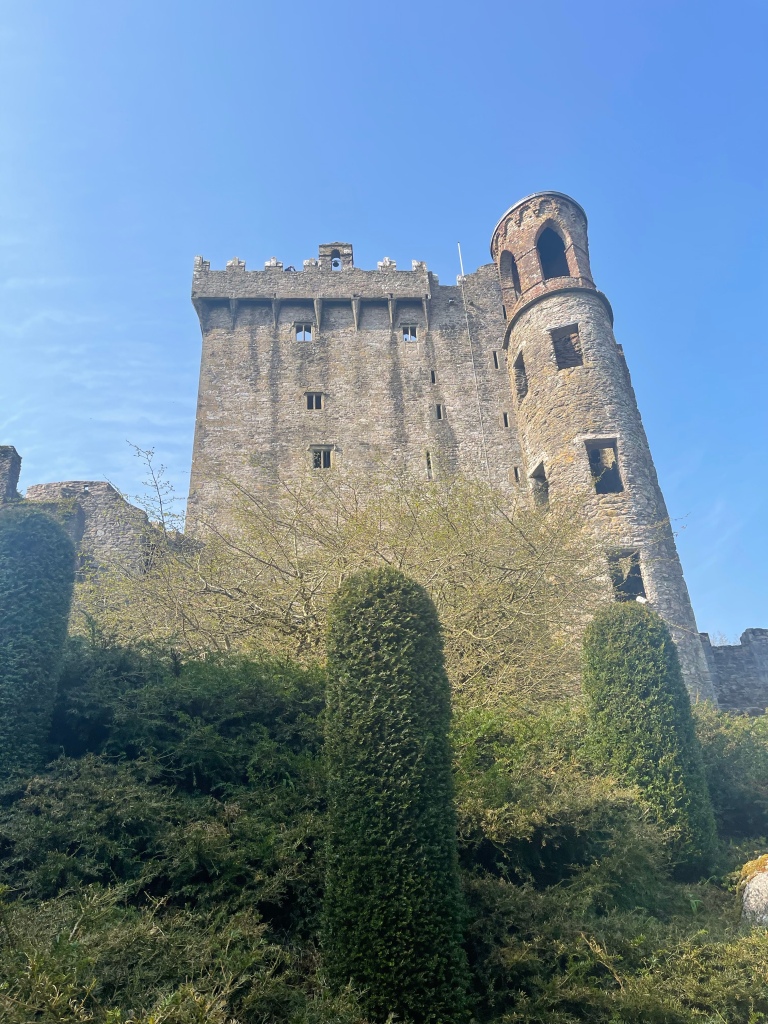
Blarney Castle is one of the most popular castles tourists visit in Ireland. Blarney Castle holds the infamous stone that numerous visitors trek up 99 spiraling stairs to the top, hang upside down (with assistance), and kiss the stone to receive the glorious gift of gab. The stone is sanitized after each visitor kisses it. If you decide not to kiss the stone, but make it to the top, you’ll be rewarded with spectacular views of some of the castle gardens. One can spend an entire day touring the gardens surrounding the castle. Also, if you visit during the summer, you can visit Blarney House, a private residence near the castle.

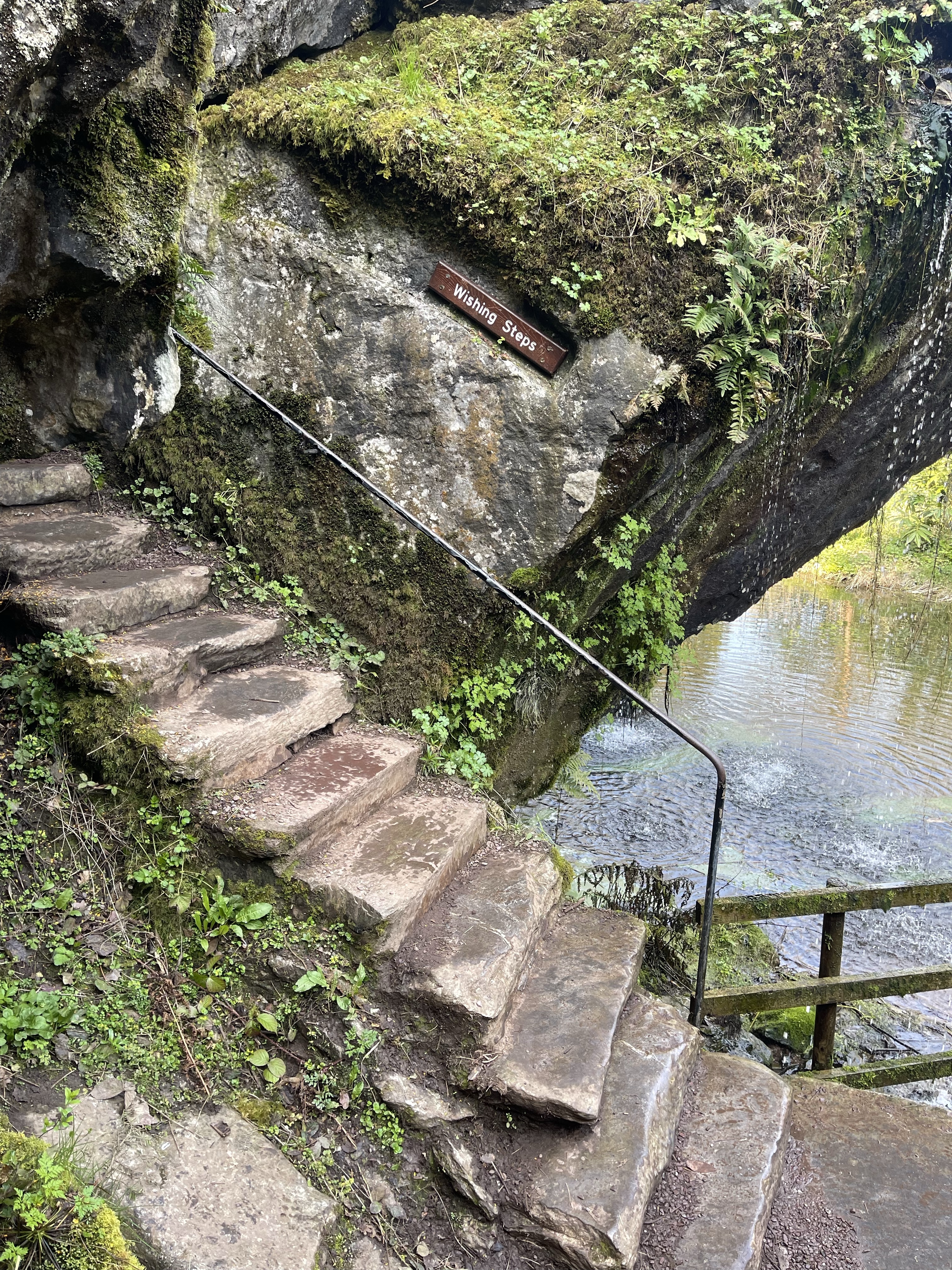
Cahir Castle
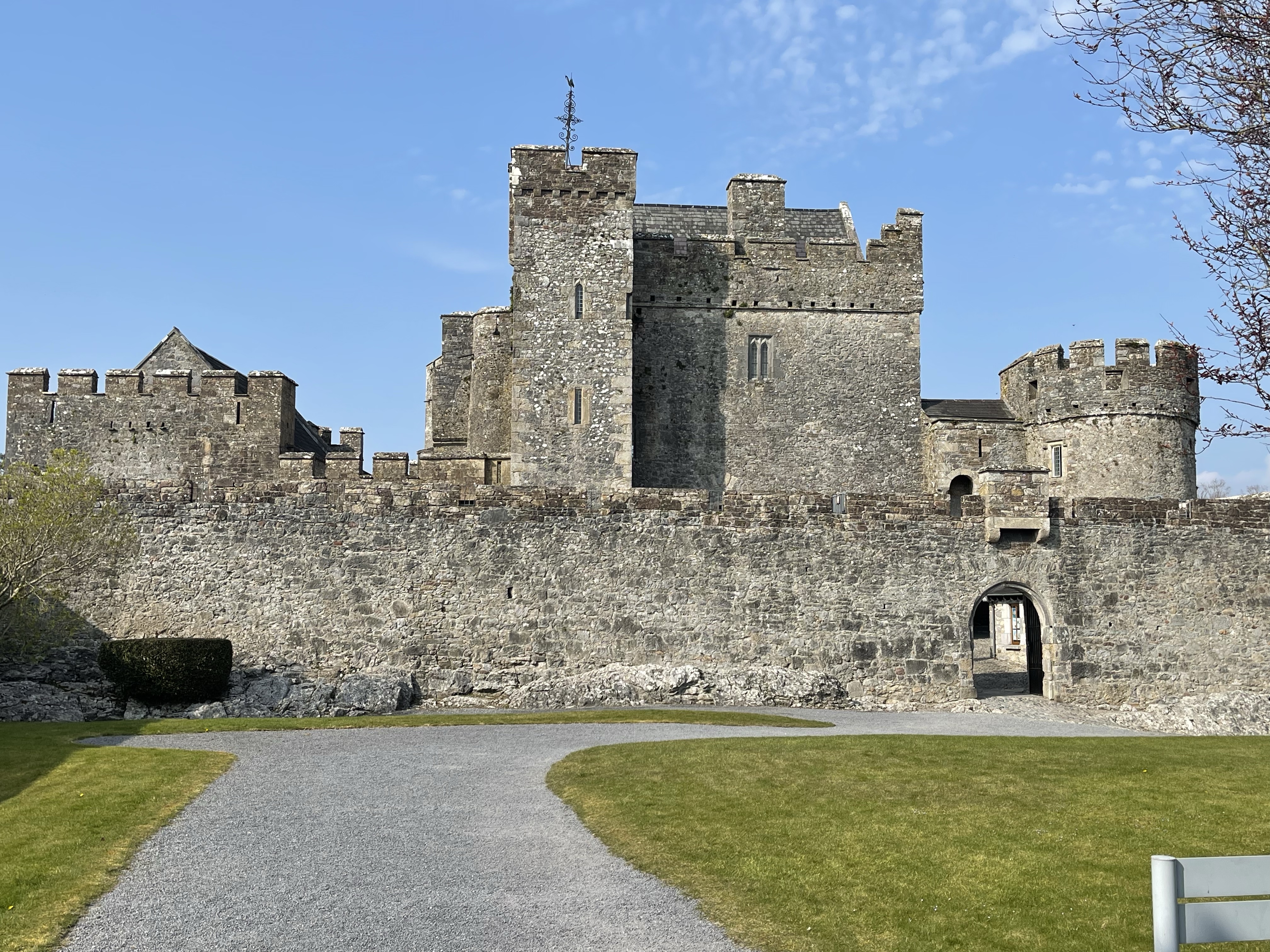
Cahir Castle, built in the 12th century, is located in southeast Ireland and sits on an island in the River Suir. Cahir Castle is one of the largest castles in Ireland. Visitors can tour the castle to visit different rooms including a dining hall, a trap area for enemies, climbing a spiral staircase (similar but not as many steps as Blarney castle), and the outer courtyard. If time permits, visitors are also able to watch a quick video explaining the history of the castle. Immediately outside of the castle walls are white swans swimming gracefully in the River Suir, and further down is Cahir park and gardens which are definitely worth spending some time after visiting the castle.


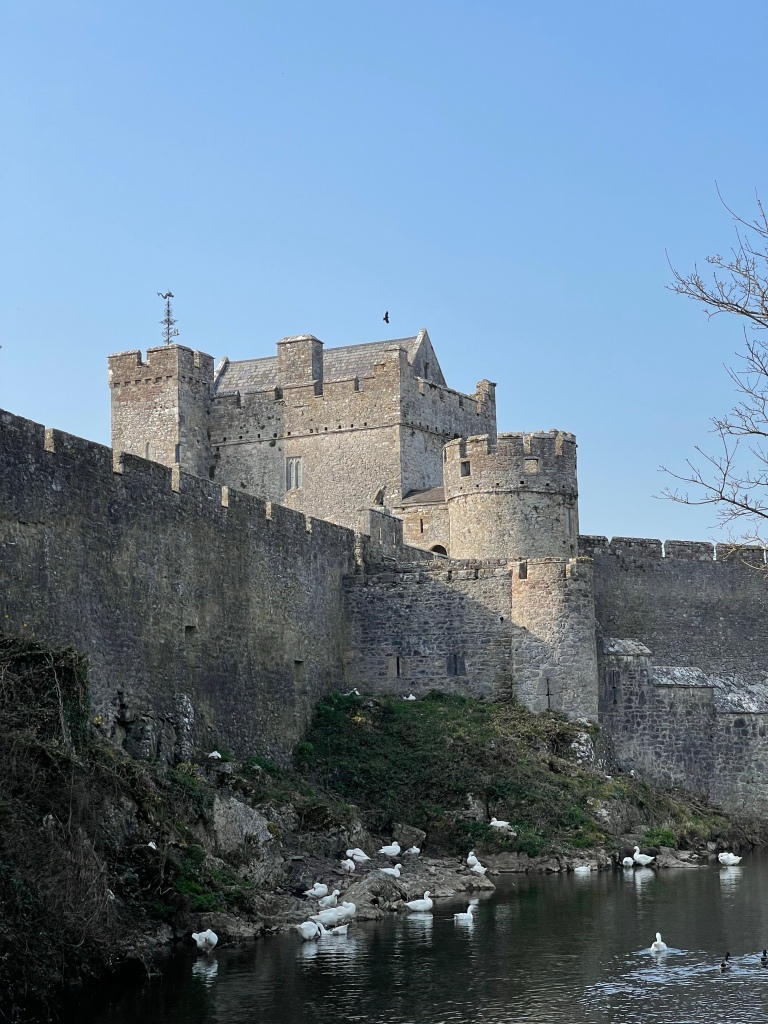
Visit the Rock of Cashel

Another great site, in southeast Ireland, that you should visit is the Rock of Cashel, also known as St. Patrick’s Rock. At the Rock of Cashel, which is built on top of limestone rock and located at the top of a hill, visitors will find a cathedral, round tower, Cormac’s chapel, and a residential tower (Archbishop’s castle). When standing outside the Cathedral, visitors are rewarded with great views of green pastures, Hore Abbey, and the town of Cashel.

The most fascinating part of my visit was touring the Cathedral. I was amazed by the medieval architecture most fascinating and loved that the Cathedral had no roof! The roof was removed in the 18th century by Arthur Price, Archbishop of Cashel, to avoid paying a roof tax which he was criticized for it. However, I think it was a great idea, for sunny days, of course. I also found the graveyard quite interesting because most of the tombstones date back to the early 1800s and have interesting epitaphs. If time permits, you should also visit the Hall of Vicars Choral (across from the Cathedral) and Cormac’s Chapel which is attached to the Cathedral.


Take a Day Trip to Northern Ireland
Giant’s Causeway
Located off the Antrim coastline, Giant’s Causeway is made up of approximately 40,000 hexagon-shaped columns (of all sizes) formed by the cooling of basaltic lava flowing from volcanic activity in the area some 50-60 million years ago. Using the Blue Trail, which is the most frequently used route, the walk from the parking lot to the stones takes about a 15-20 minute walk downhill. However, coming back up the hill will take about 25-30 minutes. If you stop to catch your breath and not rush, you will have an easier time getting up the hill. There is a visitors center that you will pass en route to the Blue Trail, but you will have to pay a fee to enter. Giant’s Causeway is Northern Ireland’s only UNESCO heritage site.
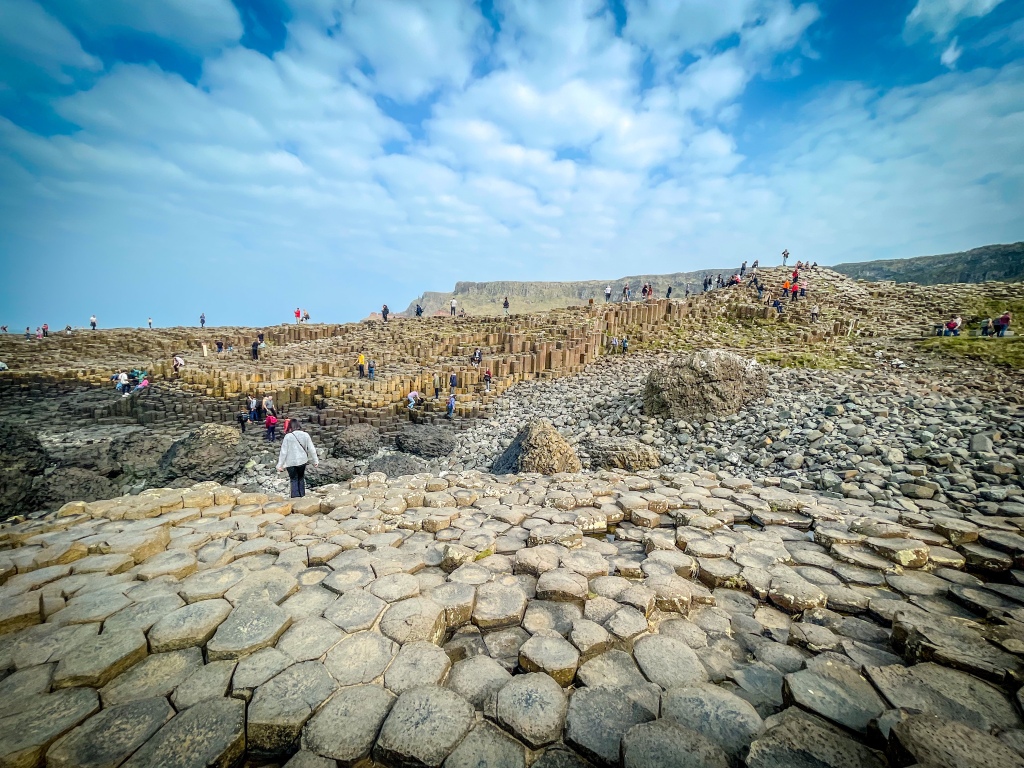
Titanic Museum
This maritime museum sits in the capital of Northern Ireland, Belfast, and provides a historical account of the Titanic. The architecture of the museum was designed to reflect the ship’s bows, water crystals, and the White Star logo. Admission to the museum includes a self-guided tour and entry into the galleries and exhibitions where you can learn about the history of the Titanic from its beginning (construction, sailing) to its end (shipwreck) through videos and nine different galleries. The original ship’s tender, S.S. Nomadic, which transferred passengers from smaller ports to the Titanic, sits just outside of the museum, and entry onto the boat (visiting only, not sailing) is included in the ticket price. Also, for those of you obsessed with the movie Titanic, you can find the blue heart-shaped necklace, of the fictional character Rose, at the gift shop. They have plenty!

Black Cab Tour
If you’re interested in learning about the history of Northern Ireland, the Black Cab Tour in Belfast is the way to go! On this tour, I learned about Northern Ireland’s troubled past, current tensions that remain, and how some citizens are trying positively to resolve and or eliminate tensions that remain. Murals around the city, as well graffiti on one of many peace walls, were very reflective of the aforementioned. Overall, I thought the tour was very interesting and a real eye-opener. If you’re taking a day trip to Northern Ireland, I highly recommend this trip.


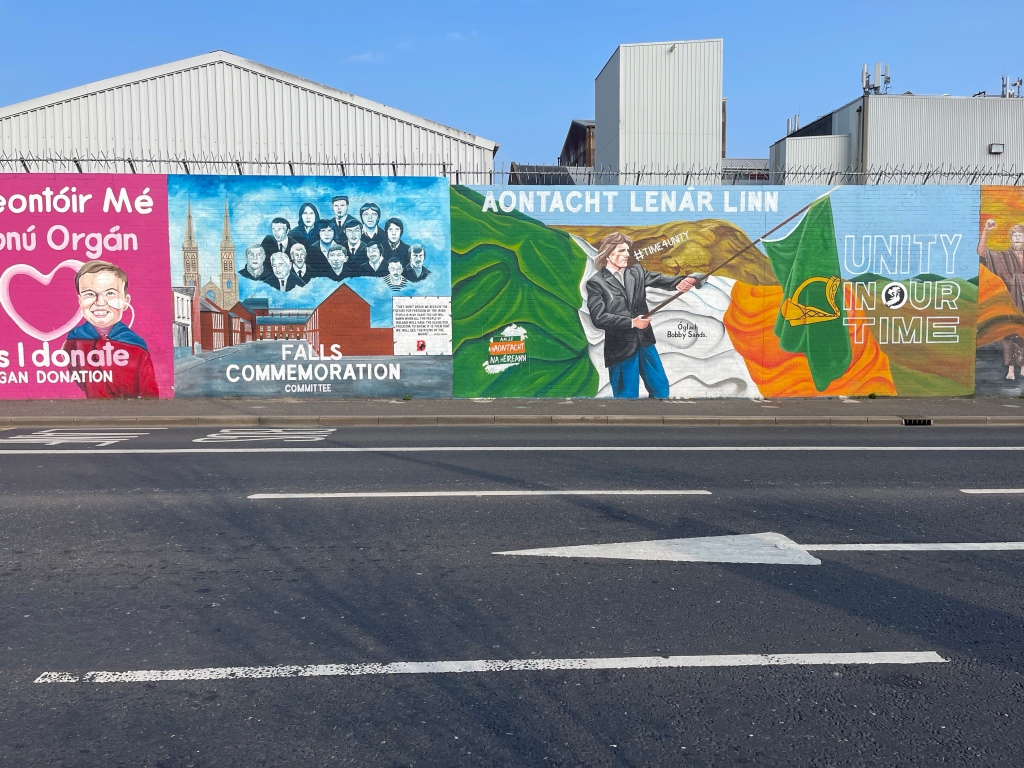
Recommendations
- Wild Rover Tours (Cliffs of Moher Tour, Giant’s Causeway Tour)
- Irish Day Tours (Blarney Castle & Cork Tour)
- Go City Dublin Pass
Discover more from Melanin Jetsetter
Subscribe to get the latest posts to your email.

Thanks for sharing your experiences! Dublin is on my list.
LikeLiked by 1 person
You’re welcome! Thanks for reading my blog!
LikeLiked by 1 person
What an AMAZING adventure I experienced through your pictures and in-depth information as though we were already there. Sharing places to stay with authentic recommendations is so helpful. This blog makes it so easy to enjoy Ireland and all of its beauty. You save us the time and hassle to plan. Thank you so much. Very useful.
LikeLiked by 1 person
Thank you for reading my blog! Glad I could help!
LikeLike
I am so inspired by your journey to Ireland- the photos are beautiful!
LikeLike
Thank you! Thanks for reading my blog! I hope you visit Ireland to see its beauty. It’s amazing!
LikeLike
Excellent and in depth review of Ireland! I look forward to visiting there one day!
LikeLiked by 1 person
Thanks for reading my blog!!! Yes, definitely visit its worth the trip!
LikeLike
This was very informative and the photos are beautiful. I’m definitely inspired to visit.
LikeLiked by 2 people
Thanks for reading my blog! Glad you enjoyed and yes please visit, it’s definitely worth it!
LikeLike